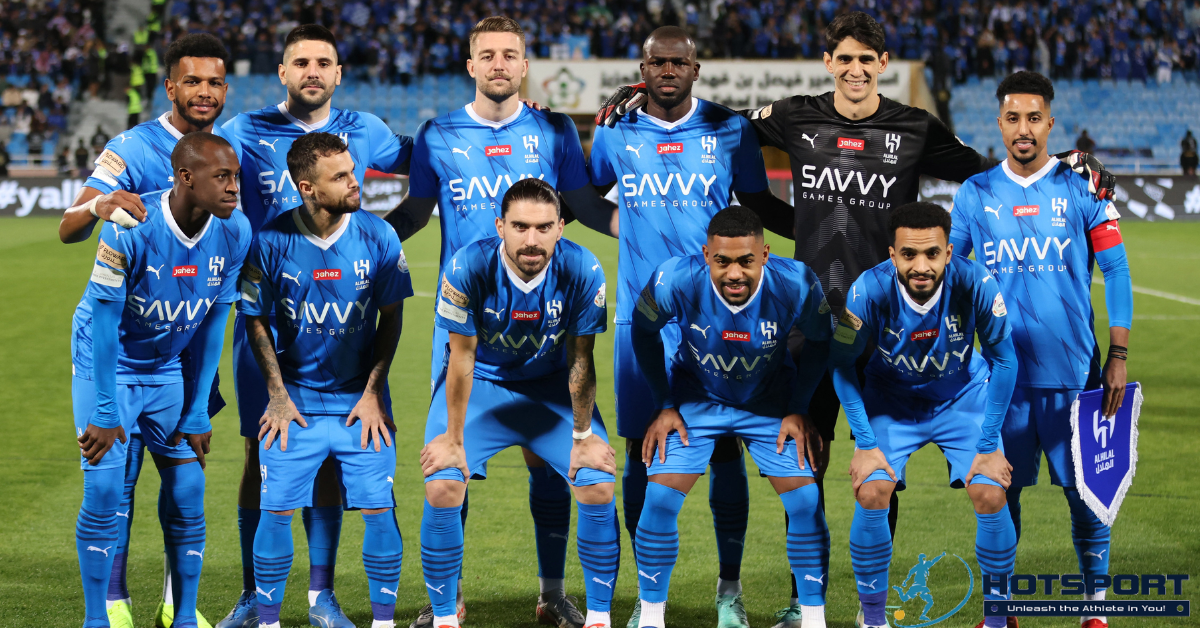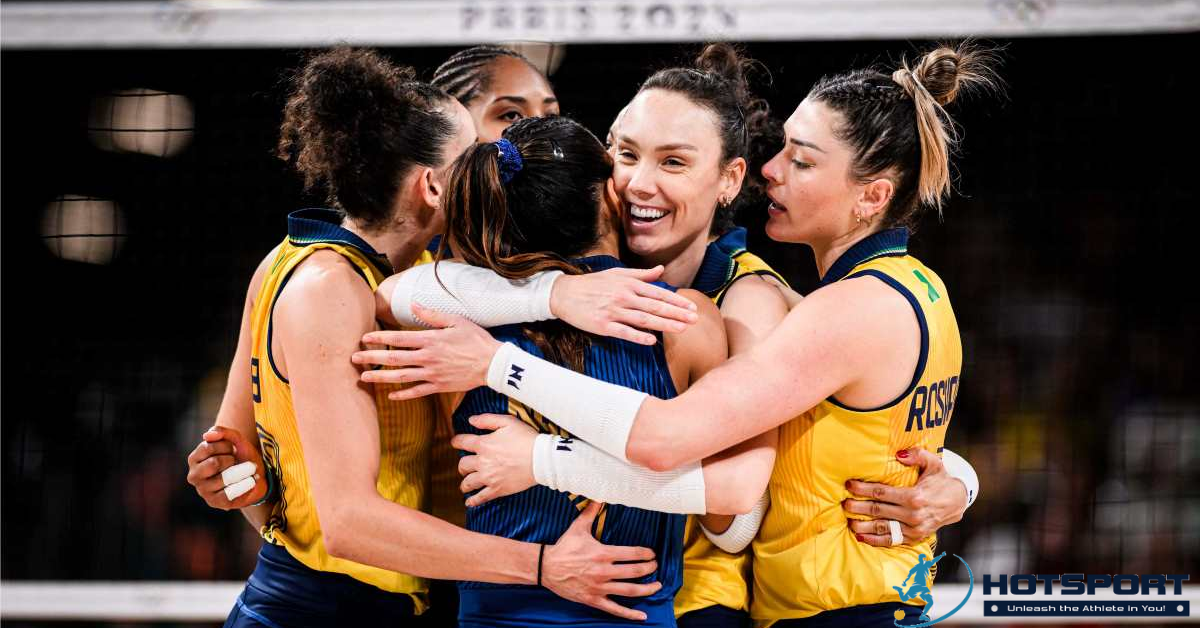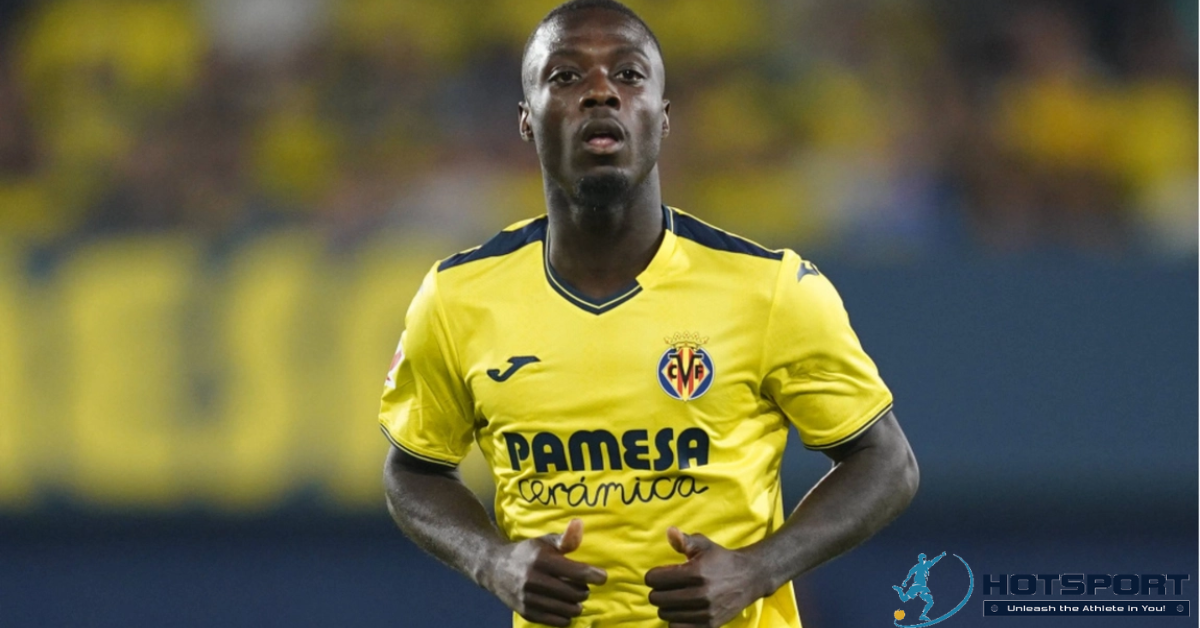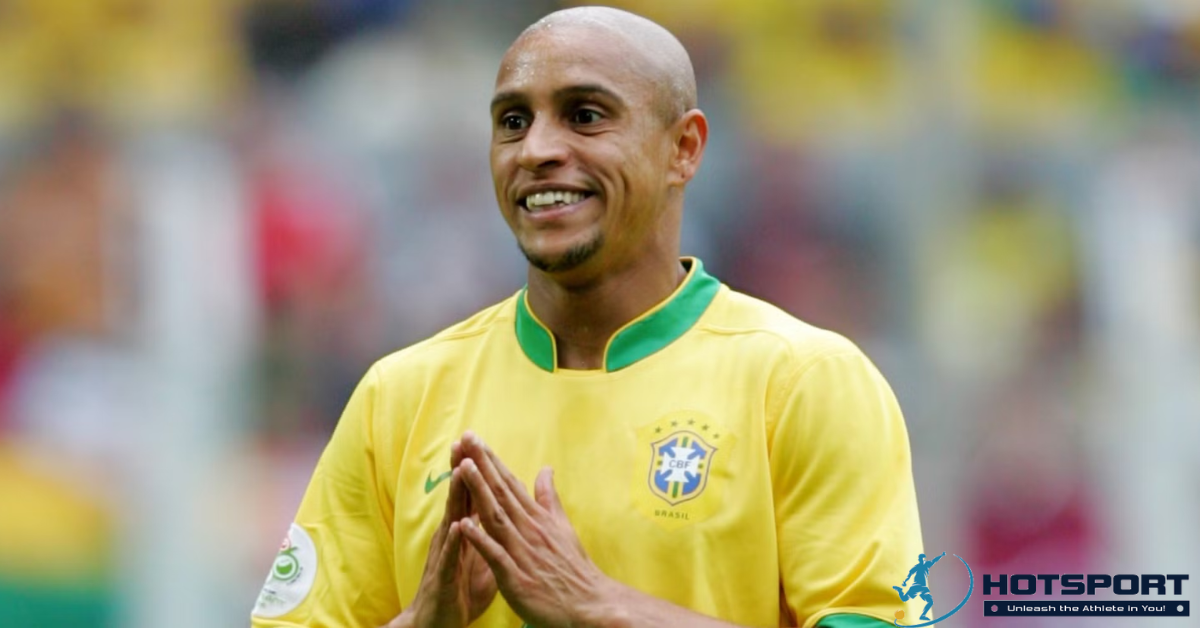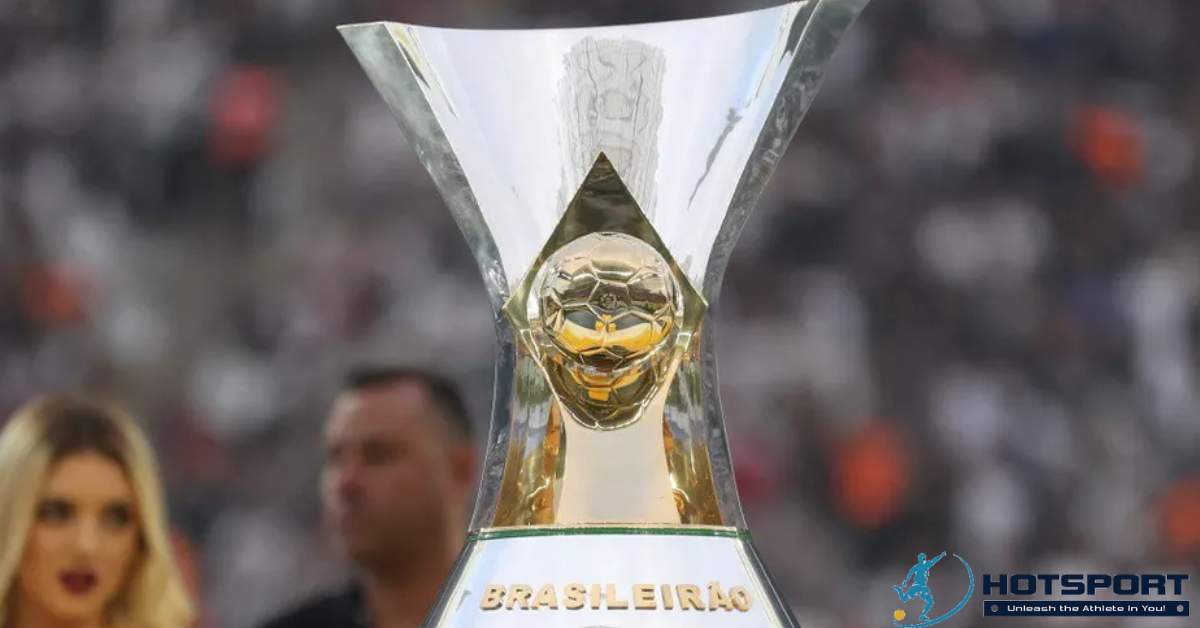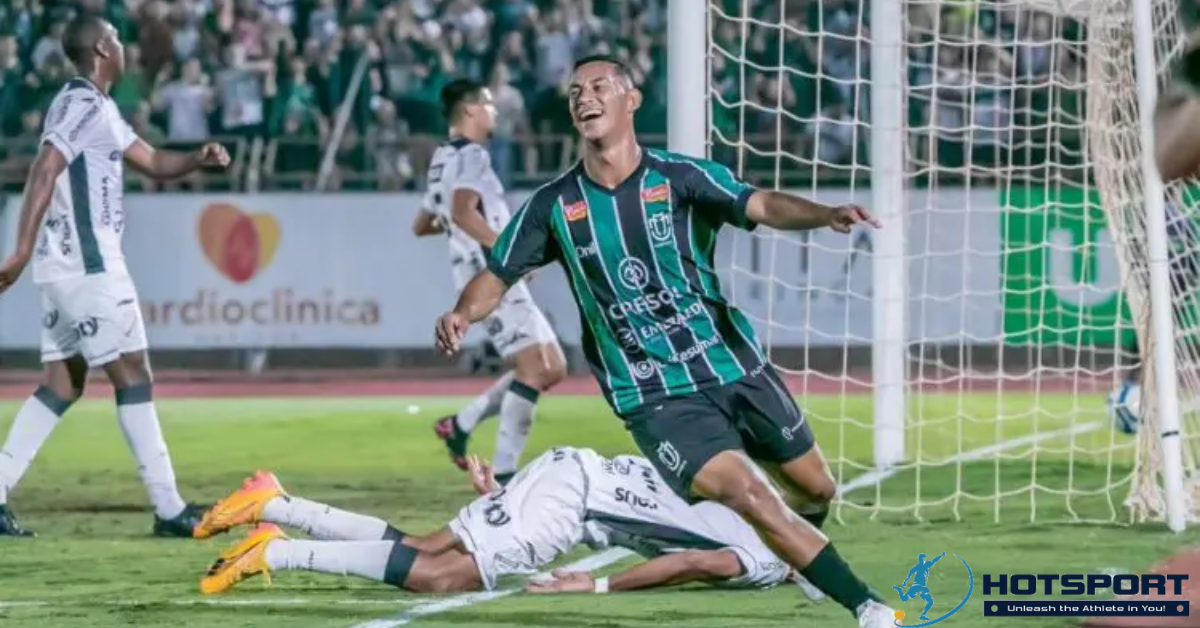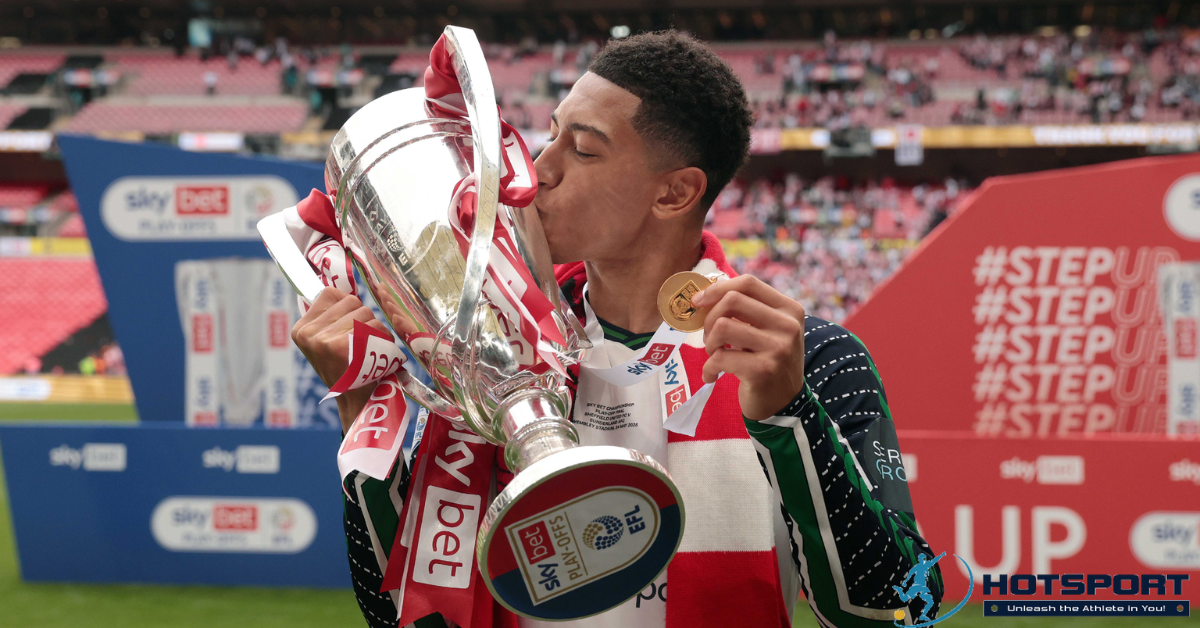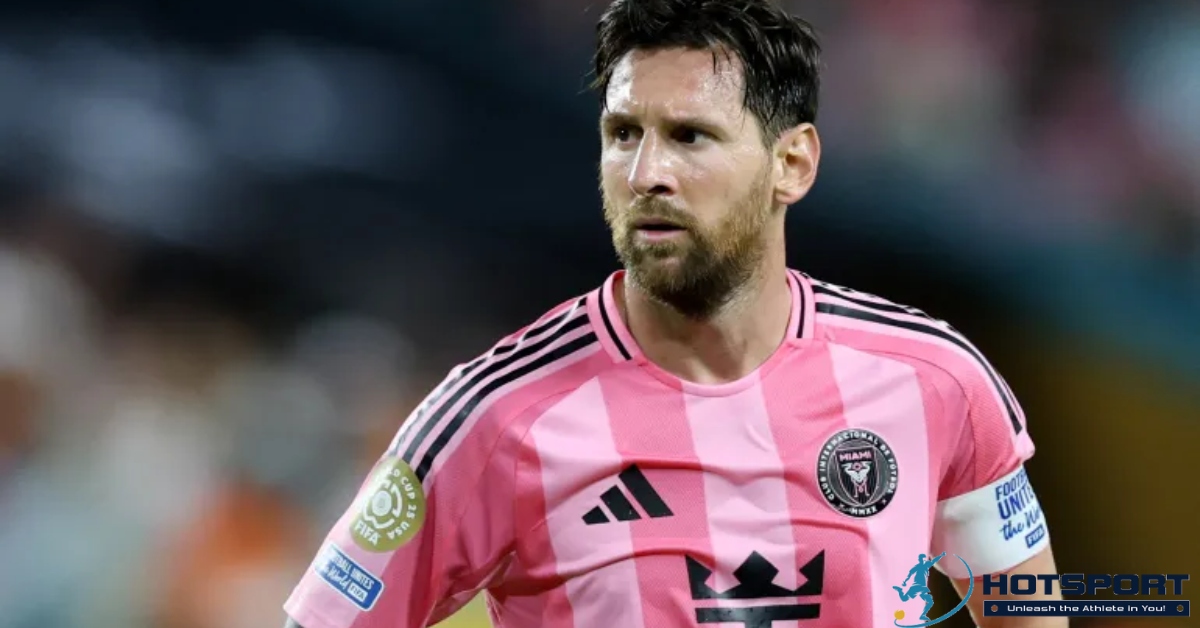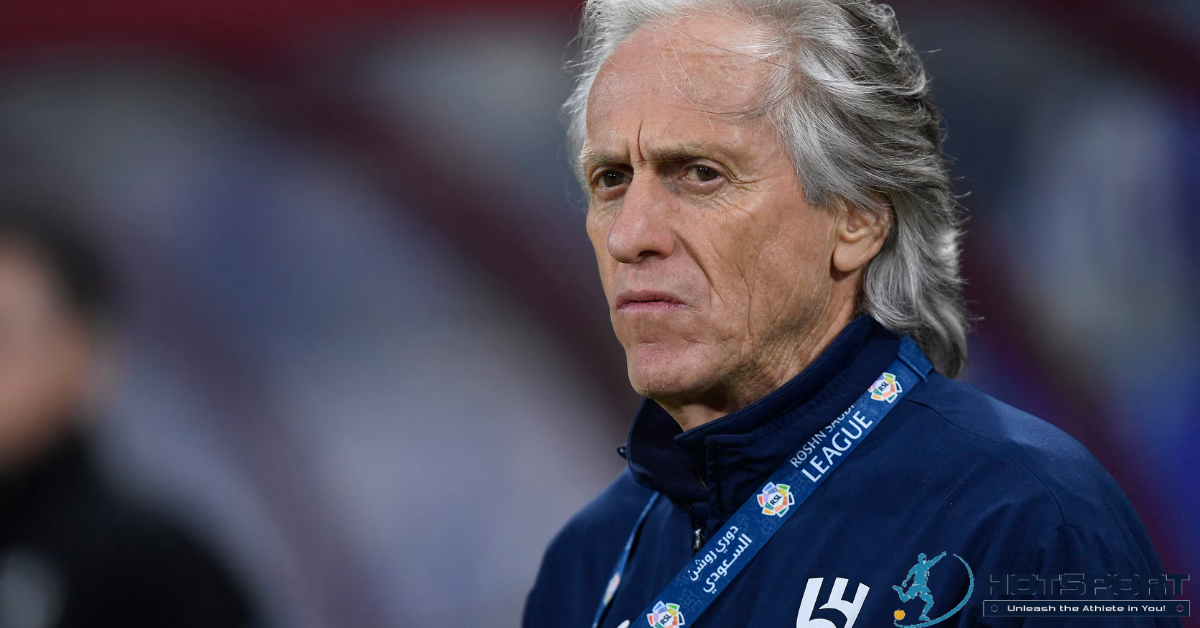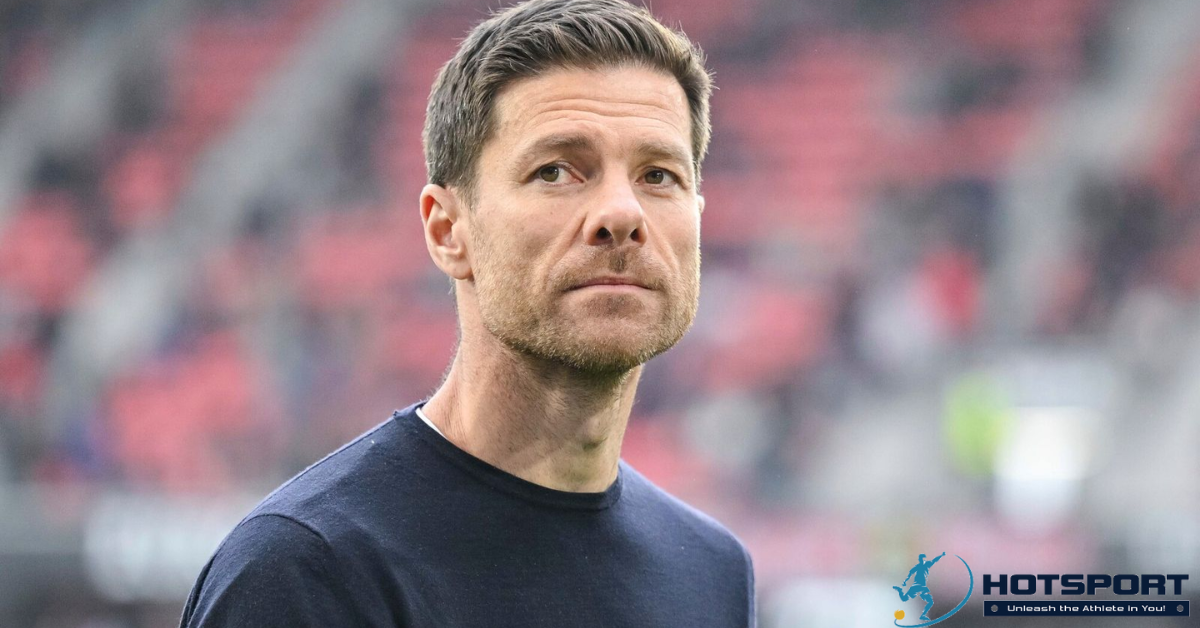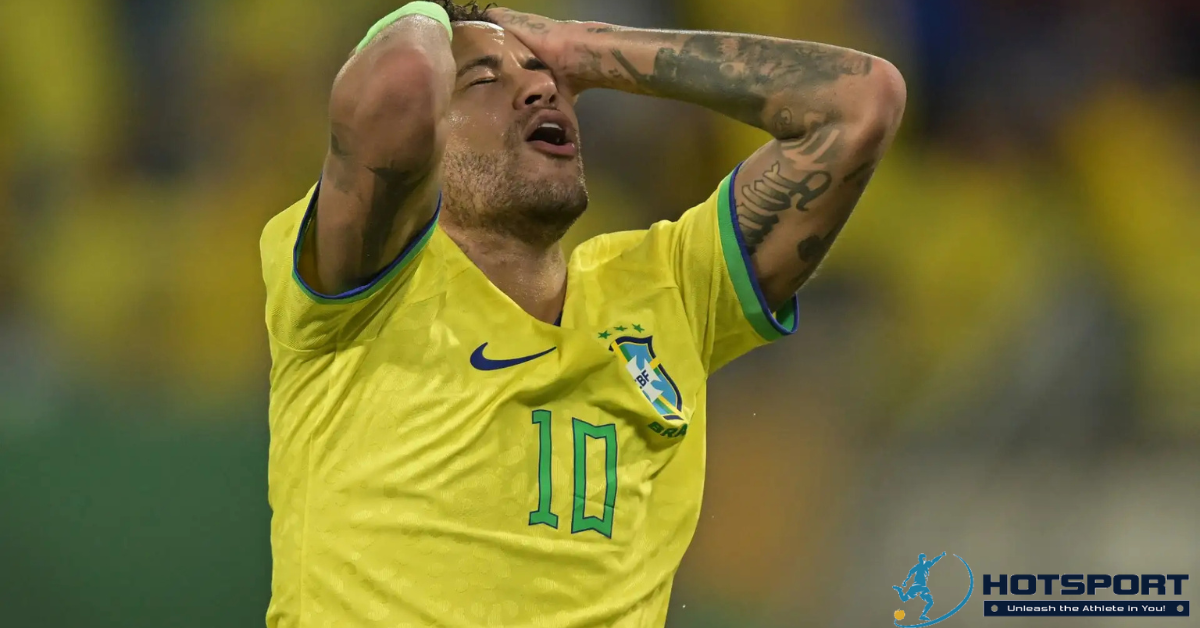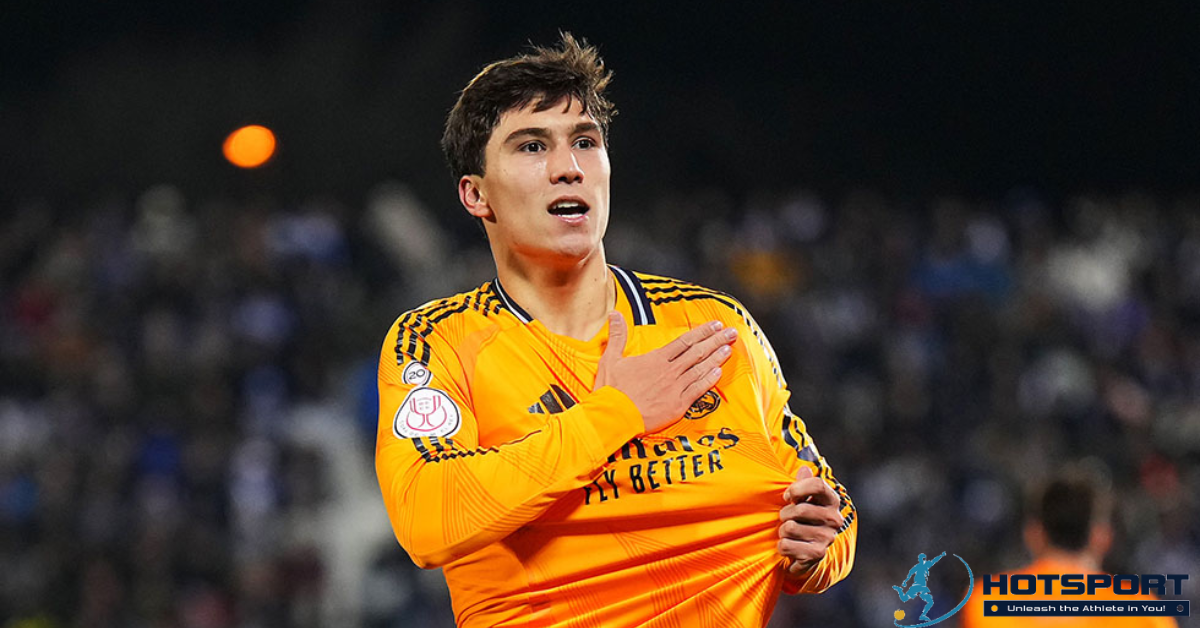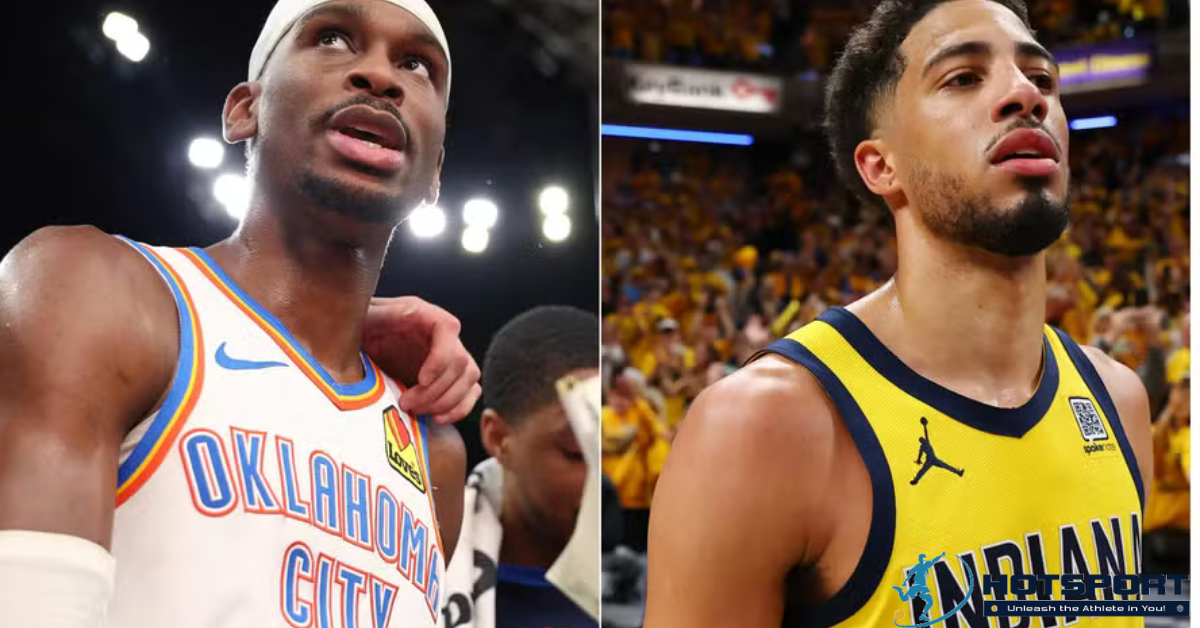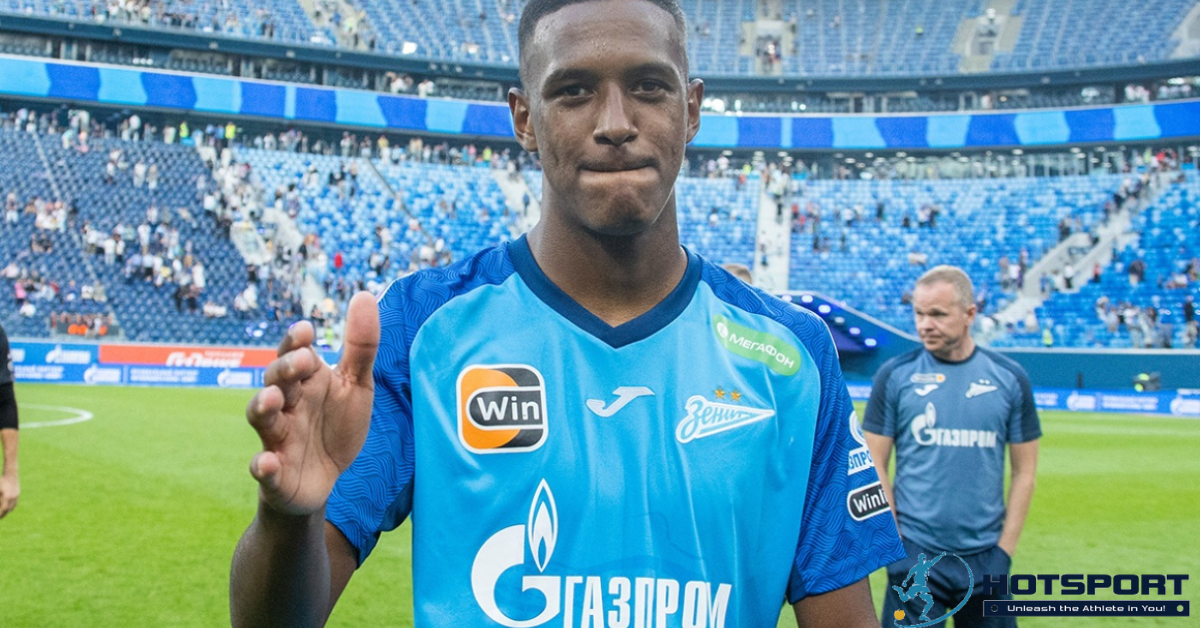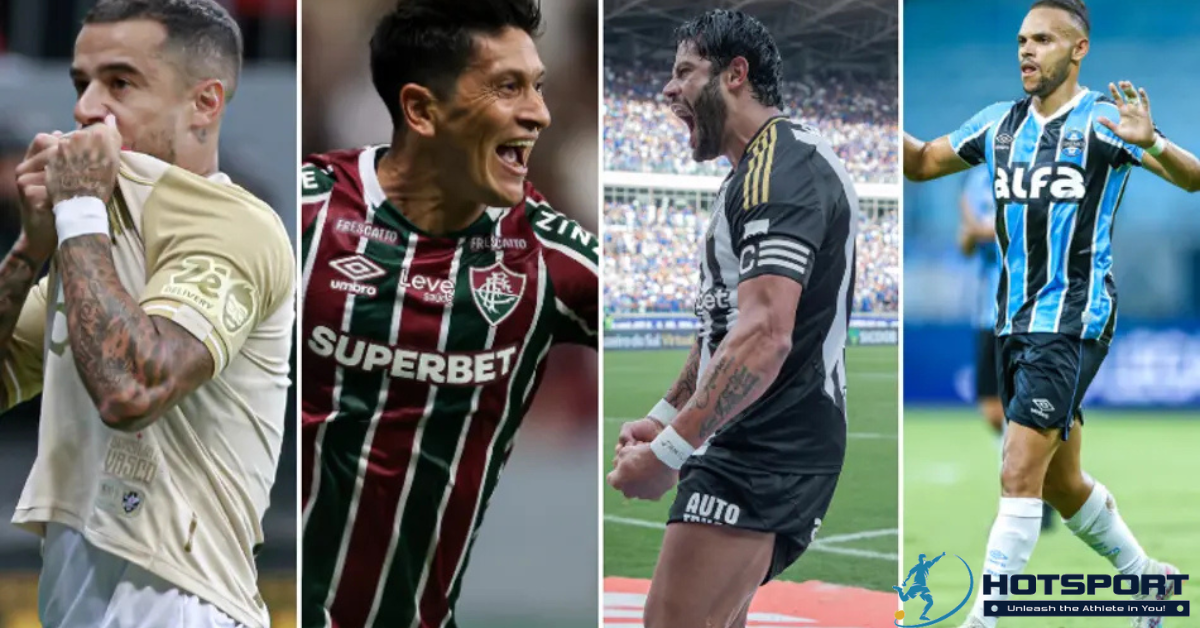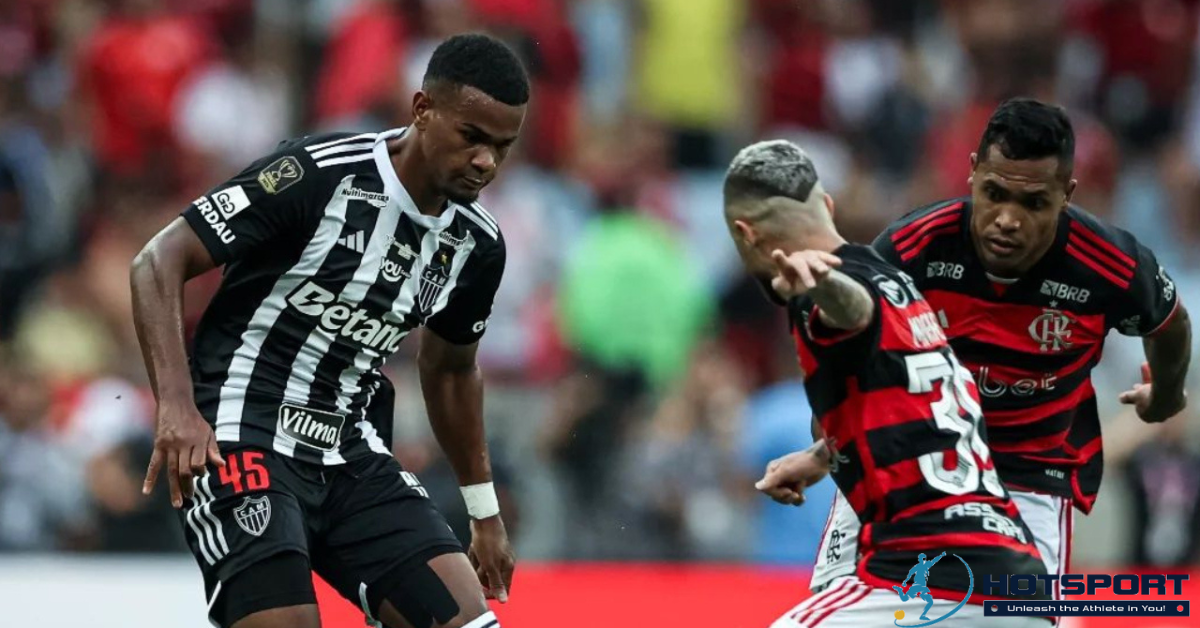Paul Brian Rodríguez Bravo: The Journey of a Talented Uruguayan Winger
Paul Brian Rodríguez Bravo, known simply as Brian Rodríguez, is one of the most promising talents in Uruguayan football. Born on May 20, 2000, in Tranqueras, a small town in the interior of Uruguay, he has emerged as a skillful left winger known for his speed, precise dribbling, and ability to unsettle defenses. Currently, Rodríguez plays for Club América, one of the giants of Mexico’s Liga MX, and is a key figure in the Uruguayan national team. This is the story of his rise, from his early days in football to his consolidation as an international star.
Early Career: Roots in Tranqueras
A Childhood Driven by Football
Brian Rodríguez grew up in Tranqueras, a town of just over 7,000 inhabitants in northern Uruguay. From a young age, his boundless energy stood out. His mother, recognizing that young Brian needed an outlet for his vitality, enrolled him in football classes during his childhood. It was in this environment that he began honing his skills, chasing long balls and outmaneuvering opponents with remarkable ease. His nickname, “El Rayito” (The Little Lightning), emerged during this time, reflecting his explosive speed on the pitch.
First Steps at Peñarol
At the age of 15, Rodríguez joined the youth academy of Club Atlético Peñarol, one of Uruguay’s most storied clubs. At Peñarol, he quickly stood out for his technical ability and versatility in attacking roles. His combination of speed, ball control, and adaptability made him an immediate prospect. The club, renowned for producing talents like Diego Forlán and Edinson Cavani, saw in Brian a player with the potential to shine on the biggest stages of football.
Professional Debut and Rise at Peñarol
The First Match
On March 27, 2018, at just 17 years old, Brian Rodríguez made his professional debut for Peñarol in a match against Danubio in the Uruguayan Championship. Coming on as a substitute for Giovanni González in the 59th minute, he played in a game that ended in a 1-1 draw. While he didn’t score, his debut showcased glimpses of his ability, with quick dribbles and promising plays down the right wing.
First Goals and Recognition
Two months later, on May 24, 2018, Rodríguez scored his first professional goal in a 3-0 victory over Boston River in the Torneo Intermedio. This goal was a milestone, cementing his place in Peñarol’s first team. During the 2018 season, he appeared in 26 matches and scored three goals, contributing to Peñarol’s 50th Uruguayan Championship title, won against rivals Nacional in the final. In 2019, his progress was even more notable, earning him the title of best young player in the Torneo Apertura and attracting attention from international clubs.
Move Abroad: Los Angeles FC
Arrival in the MLS
In August 2019, Brian Rodríguez took a significant leap in his career, transferring to Los Angeles FC (LAFC) in Major League Soccer (MLS) for a record-breaking fee of €10.3 million, the highest sale in Peñarol’s history at the time. Signed as a “Designated Young Player,” he debuted on August 26, 2019, in the “El Tráfico” derby against LA Galaxy. Coming off the bench for Carlos Vela, Rodríguez helped LAFC secure a 3-3 draw, demonstrating his ability to adapt to a new competitive environment.
Challenges and Growth in the United States
At LAFC, Rodríguez faced the challenge of adjusting to a new style of play and a growing league. Despite his youth, he impressed with his speed and flair in one-on-one situations. During his MLS stint, he had moments of brilliance but also faced the inconsistency typical of young players in competitive leagues. In 2020, Rodríguez contracted Covid-19, which sidelined him for several matches, including the MLS playoffs. Nevertheless, he contributed to LAFC’s campaign in the CONCACAF Champions League, reaching the final, though the team lost to Tigres UANL.
Loan to Almería
Seeking more playing time and a European experience, Rodríguez was loaned to UD Almería in Spain’s Segunda División in February 2021. However, his stint in Spain was less successful than hoped. In 16 appearances, he recorded just one assist, and Almería failed to secure promotion to La Liga. Despite the underwhelming performance, the European experience was valuable for his development, exposing him to a more tactical and physical style of play.
Consolidation at Club América
Transfer to Liga MX
On August 24, 2022, Rodríguez signed with Club América, one of Mexico’s most prestigious clubs, for a fee of approximately $6 million. The move marked a new chapter in his career, offering the chance to compete in one of the Americas’ most competitive leagues. At América, under coach André Jardine, he found an ideal environment to showcase his talent.
Immediate Impact in Apertura 2022
Rodríguez debuted in Liga MX in the 5th round of the 2022 Apertura, scoring his first goal in the following match. Throughout the season, he became a key part of América’s tactical setup, appearing in 11 matches and contributing directly with four goals and three assists. His dribbling, crossing, and finishing were crucial to the team’s success. In the playoffs, Rodríguez shone by scoring a vital goal against Club Tijuana, helping América advance in the quarterfinals. His successful penalty in the shootout against Tijuana was also decisive for their progression.
Titles with América
Led by Rodríguez and other talented players, Club América won the Liga MX Apertura title in 2023, defeating Tigres in the final. In 2024, the club secured a back-to-back championship by beating Cruz Azul, cementing their dominance in Mexican football. Rodríguez, with his speed and playmaking ability, was a standout in these successful campaigns, earning the admiration of fans and respect from opponents.
International Career with Uruguay
Youth National Teams
Before shining with the senior team, Rodríguez represented Uruguay at the U-17 and U-20 levels. In 2019, he competed in the U-20 World Cup in Poland, scoring two goals and providing one assist in four matches, showcasing his potential as a versatile attacking player. His performances in the tournament drew international attention and solidified his status as one of Uruguay’s brightest prospects. He also played for the U-17 team in friendlies, including against France in 2018, where he displayed his technical prowess.
Senior Team Debut
Brian Rodríguez made his senior debut for Uruguay on September 7, 2019, in a friendly against Costa Rica. At just 19 years old, he played the full 90 minutes and contributed to a 2-1 victory. Four days later, he scored his first international goal in a 1-1 draw against the United States, demonstrating his ability to impact high-level matches early in his career. His call-up for these friendlies marked the beginning of a promising journey with the Celeste.
Major Tournaments
Rodríguez participated in the 2021 Copa América, representing Uruguay in a high-level competition. His versatility, playing as a left winger or in other attacking roles, was a valuable asset for the team. In 2024, he competed in the Copa América, where Uruguay finished third after defeating Canada on penalties. Rodríguez remains a key part of the national team squad, with his speed and skill highly valued in international matches.
Playing Style and Characteristics
Strengths and Skills
Brian Rodríguez is known for his key attributes on the pitch: speed, dribbling ability, and precise crossing. As a left winger, he uses his right foot to cut inside and create dangerous plays, either by shooting or setting up teammates. His versatility allows him to play various attacking roles, adapting to the team’s tactical needs. His ability to sprint toward long balls, which earned him the nickname “El Rayito,” is a hallmark of his game. He draws inspiration from players like Neymar, reflected in his creative and technical style.
Areas for Improvement
Like many young players, Rodríguez has faced challenges with consistency, particularly during his time in the MLS and Almería. Adapting to different leagues and playing styles required adjustments, but his performances at Club América show he is overcoming these hurdles. Decision-making in critical moments and finishing are areas where he continues to develop, but his potential is undeniable.
Personal Life and Influences
Family Roots
Rodríguez has always emphasized the importance of his family in his journey. His mother, who encouraged him to play football from a young age, was a central figure in his life. Growing up in the small, humble town of Tranqueras shaped his determination and humility, qualities he carries both on and off the pitch. He maintains a strong connection to his Uruguayan roots, representing his country with pride at every opportunity.
Idols and Inspirations
Among the players who inspire Rodríguez, Brazilian star Neymar stands out as a reference. Neymar’s creative and bold style is something Rodríguez seeks to emulate, adapting it to his own context. His admiration for Neymar reflects his ambition to become a player who combines technique, speed, and game-changing ability.
Impact at Club América
Role in the Team
At Club América, Rodríguez found an environment where he could shine. Under André Jardine, he became a vital part of the attack, contributing with goals and assists in key moments. His ability to unsettle defenses with quick dribbles and accurate crosses made him a fan favorite. In crucial matches, such as the quarterfinals against Toluca, Rodríguez proved his worth by scoring goals and converting penalties.
Achievements and Legacy
Club América’s titles in the 2023 and 2024 Liga MX Apertura campaigns are a testament to Rodríguez’s impact. His contributions in finals against Tigres and Cruz Azul solidified his status as a top-tier player. With a contract valid until June 30, 2026, Rodríguez has the opportunity to continue building his legacy in Mexico.
Future Prospects
Transfer Rumors
Rodríguez’s talent has already sparked interest from European clubs, particularly after his performances in the MLS and Liga MX. While his stint at Almería was not a success, the European experience served as a learning opportunity, and he remains an attractive prospect for competitive leagues. His youth and skill make him a prime target for clubs in Europe’s top divisions.
Ambitions with the National Team
With the Uruguayan national team, Rodríguez aims to win major titles, such as the Copa América, or perform strongly in a future World Cup. Alongside the current generation of Uruguayan stars like Darwin Núñez and Federico Valverde, he is part of a talented group capable of leading the Celeste to great achievements. His dedication and passion suggest he will remain a key figure for Uruguay in the years to come.
Legacy and Importance in Uruguayan Football
A Rising Talent
At 25 years old, Brian Rodríguez has already come a long way from the fields of Tranqueras to packed stadiums in Mexico and international matches with Uruguay. His journey is a testament to how talent, hard work, and determination can transform a young boy from a small town into a football star. His stints at Peñarol, LAFC, Almería, and América demonstrate his ability to adapt and grow, even in the face of challenges.
Inspiration for the Next Generation
Rodríguez serves as an inspiration for young Uruguayan players, showing that international success is achievable with dedication. His story, from an energetic boy chasing long balls to a world-class left winger, resonates with those dreaming of following in his footsteps. He also carries the pride of representing Uruguay, a nation with a rich footballing tradition, and contributes to keeping that legacy alive.
Conclusion
Paul Brian Rodríguez Bravo, or simply Brian Rodríguez, is more than a footballer. He embodies Uruguayan talent with his speed, skill, and passion for the game. From his debut at Peñarol to his titles with Club América and his performances for Uruguay, Rodríguez has proven capable of shining on the biggest stages. At just 25 years old, his future is bright, and he continues to write his story as one of South America’s great footballers. Whether dribbling past defenders, scoring decisive goals, or representing his country with pride, “El Rayito” lights up the pitches he plays on, leaving a legacy that inspires fans and players worldwide.



